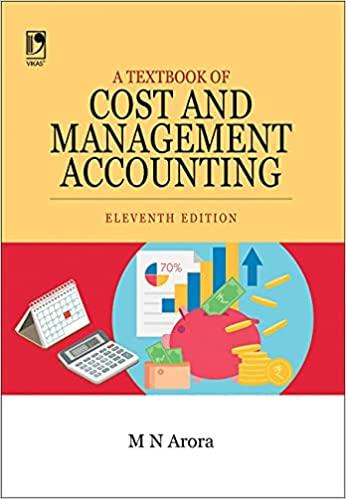Please help

c) Prepare a balance sheet; a statement of revenues, expenditures, and changes in fund balance; and a budgetary comparison schedule. (Make sure you consider transaction \# 8 when you prepare the budgetary comparison schedule.) Enter revenues and expenditures in order of magnitude (largest to smallest amounts). The postclosing trial balance for the fund, as of December 31,2021 , was as follows: The following transactions and events occurred during Fy 2022: 1. Levied property taxes of $586,250 and mailed tax bills to property owners. 2. Borrowed $525,000 on tax anticipation notes at an interest rate of 1 3. Ordered supplies expected to cost $31,500. 4. The supplies arrived, along with an invoice for $33,250; the city paid the invoice immediately. 5. Received cash ($670,250) from the following sources: property taxes ($577,500), licenses and fees ( $66,500), fines and penalties ($26,250). 6. Paid cash for the following purposes: unpaid vouchers at the start of year ($14,000); salaries ($595,000); utility bills ($19,250). 7. Repaid the tax anticipation notes 6 months after date of borrowing (see $2 ), with interest. 8. Processed a budgetary interchange, increasing the appropriation for supplies and utilities by $3,500 and reducing the appropriation for salaries by the same amount. 9. Will pay salaries for the last few days in December, amounting to $3,500, at the end of the first pay period in January 2023; also, received in early January 2023 a utilities invoice for $1,750 applicable to December 2022. The city uses the account, Accrued expenditures payable, for all year-end accruals. Use the preceding information to do the following: a) Prepare journal entries to record the budget and the listed transactions and events. If an entry affects more than one debit or credit account, enter the accounts in order of magnitude (largest to smallest balances), debits first. Enter 0 or leave the field blank if no entry is required. d) Prepare closing journal entries. If an entry affects more than one debit or credit account, enter the accounts in order of magnitude (largest to smallest balances), debits first. Enter 0 or leave the field blank if no entry is required. b) Prepare a preclosing trial balance Enter the budgetary accounts in order of magnitude (largest to smallest amounts), debits first. Enter the financial accounts in the following order: assets, liabilities, fund balance, revenues, expenditures. Within each category, enter accounts in order of magnitude (largest to smallest amounts). Use the preceding information to do the following: a) Prepare journal entries to record the budget and the listed transactions and events. If an entry affects more than one debit or credit account. enter the accounts in order of magnitude (largest uired. Complete accounting cycle and financial statements The city council of E. Staatsboro approved the following budget for the General Fund for fiscal year 2022: The postclosing trial balance for the fund, as of December 31, 2021, was as follows: The following transactions and events occurred during FY 2022: 1. Levied property taxes of $586,250 and mailed tax bills to property owners. 2. Borrowed $525,000 on tax anticipation notes at an interest rate of 1 3. Ordered supplies expected to cost $31,500. 4. The subolies arrived along with an invoice for $33.250 : the citv paid the invoice immediatelv














